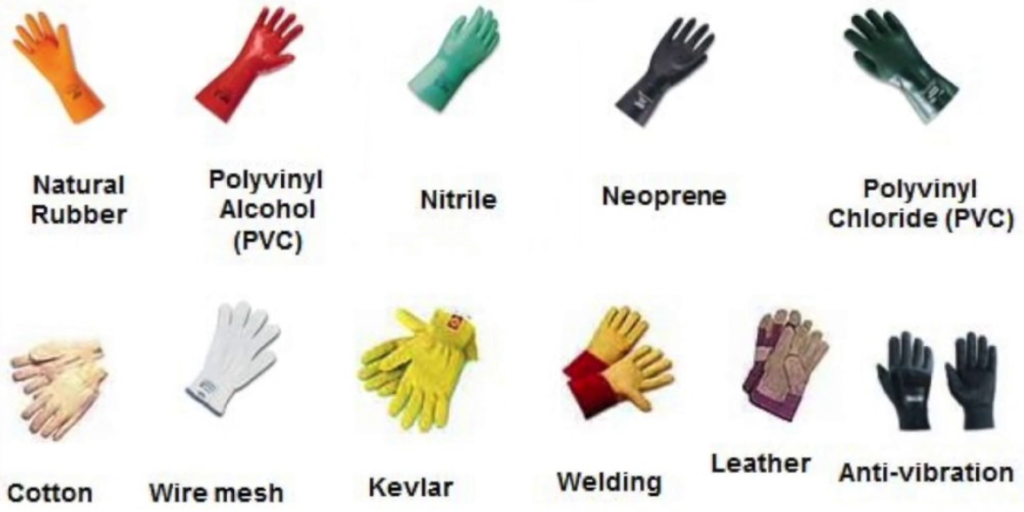Personal Protective Equipment (PPE) gloves are essential in various industries and applications to protect hands from hazards such as chemicals, cuts, abrasions, and infectious materials. Here is an overview of the main categories of PPE gloves:

1. Disposable Gloves
- Material: Typically made from nitrile, latex, or vinyl.
- Use Cases: Medical examinations, food handling, laboratory work.
- Characteristics: Single-use, lightweight, provides protection against contaminants and chemicals.
2. Chemical-Resistant Gloves
- Material: Made from materials like nitrile, neoprene, butyl, and PVC.
- Use Cases: Handling chemicals, cleaning, laboratory work.
- Characteristics: Resistant to various chemicals and solvents, varying levels of durability and flexibility.
3. Cut-Resistant Gloves
- Material: Often made from materials like Kevlar, Dyneema, or steel mesh.
- Use Cases: Glass handling, metalworking, carpentry.
- Characteristics: Provides protection against cuts and abrasions, varying levels of cut resistance based on material.
4. Heat-Resistant Gloves
- Material: Made from materials like Kevlar, leather, and aluminized fabric.
- Use Cases: Welding, foundry work, cooking.
- Characteristics: Protects against high temperatures, flame-resistant, different levels of thermal protection.
5. Electrical Insulating Gloves
- Material: Made from rubber.
- Use Cases: Electrical work, handling live wires.
- Characteristics: Insulates against electrical currents, must meet specific standards (e.g., ASTM D120).
6. Impact-Resistant Gloves
- Material: Typically includes thermoplastic rubber (TPR) or other cushioning materials.
- Use Cases: Construction, heavy machinery operation, mining.
- Characteristics: Protects against impacts, pinching, and crushing.
7. Puncture-Resistant Gloves
- Material: Often made from materials like nitrile, Kevlar, or steel mesh.
- Use Cases: Handling sharp objects, waste disposal.
- Characteristics: Provides protection against punctures from needles and sharp objects.
8. Cold-Resistant Gloves
- Material: Often insulated with materials like Thinsulate, fleece, or other synthetic insulations.
- Use Cases: Cold storage, outdoor work in cold climates.
- Characteristics: Provides thermal insulation, protects against cold conditions.
9. General-Purpose Work Gloves
- Material: Made from materials like leather, cotton, or synthetic blends.
- Use Cases: General maintenance, gardening, construction.
- Characteristics: Versatile, offers basic protection against abrasions and minor cuts.
Each type of glove is designed to provide specific protection based on the task and the environment, ensuring safety and compliance with relevant standards and regulations.

